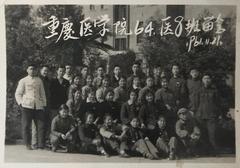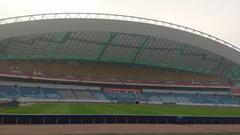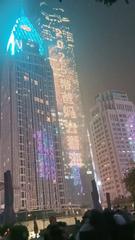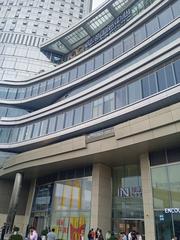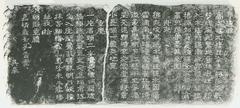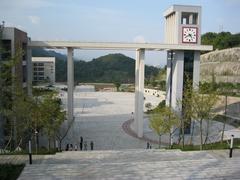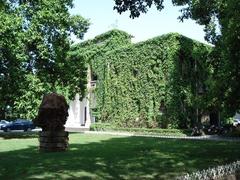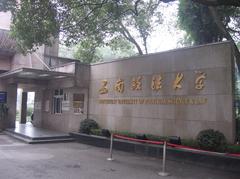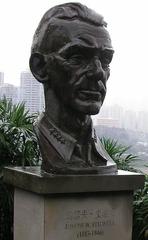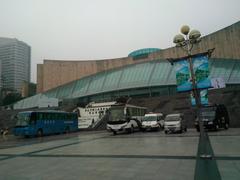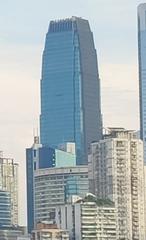Zhazidong Prison: A Comprehensive Guide to Chongqing’s Historical Site
Introduction
Zhazidong Prison, nestled in Chongqing’s Gele Mountains, stands as a poignant reminder of China’s turbulent mid-20th-century history. Originally a coal mine, it became a notorious KMT-operated prison during the Second Sino-Japanese War and the Chinese Civil War. Today, Zhazidong serves as a museum and memorial, offering a sobering glimpse into the lives and sacrifices of political prisoners. This guide provides comprehensive information on visiting Zhazidong, including its history, visiting hours, ticket prices, accessibility, and nearby attractions.
Historical Significance
Origins and Early Use
Initially a small, low-yield coal mine in the Gele Mountains (Chongqing Deep Tour), Zhazidong’s role changed drastically in 1939. As Chongqing became China’s wartime capital, the Nationalist government (KMT), under the direction of General Dai Li’s military intelligence, converted the mine into a secret prison and intelligence center (Wikipedia).
The Second Sino-Japanese War and Civil Conflict
Throughout the early 1940s, Zhazidong, along with the nearby Bai Mansion (Baigongguan), became a key detention center (Wikipedia). Suspected communist sympathizers, spies, and anti-Japanese resistance members were imprisoned here. The remote location facilitated secrecy. The prison contained men’s and women’s barracks, as well as dedicated interrogation and torture chambers, employing methods adopted from US intelligence agencies.
Following World War II and the end of the Sino-American Cooperative Organization (SACO) in 1946, Zhazidong’s focus shifted to suppressing political prisoners during the Chinese Civil War. From 1947 onward, it held over 300 prisoners, including notable figures like Jiang Jie (Jiang Zhuyun) and “Little Radish” (Xiao Luobotou) (Chongqing Deep Tour; Tour Beijing). Prisoners endured harsh conditions, malnutrition, and brutal interrogations.
The November 1949 Massacre
A tragic climax to Zhazidong’s history is the November 1949 massacre. As the People’s Liberation Army approached Chongqing, the KMT executed hundreds of detainees. This event is a focal point of the on-site exhibits and serves as a stark reminder of the human cost of political conflict.
Visiting Zhazidong Prison
Visiting Hours and Ticket Information
- Opening Hours: 8:30 AM to 5:00 PM daily (last entry 4:30 PM).
- Ticket Prices: 30 CNY (with discounts for students and seniors with valid ID). Some sources indicate free admission, but it’s advisable to confirm upon arrival or through official channels (Official Chongqing Tourism; Deep China Travel).
Getting There and Accessibility
- Public Transport: Bus lines 123 and 456 stop at Zhazidong.
- Taxi: Approximately 30 minutes from Chongqing city center.
- Accessibility: Wheelchair access is available to main exhibition areas, with staff assistance available upon request.
Guided Tours and Special Features
Guided tours are available twice daily (10:00 AM and 2:00 PM), offering detailed historical narratives. Check for English language tour availability. Key photographic spots include preserved prison cells, the torture instruments exhibit, and the surrounding mountain scenery.
Site Layout and Visitor Experience
The site includes the preserved prison compound with cell blocks and interrogation rooms, exhibition halls displaying artifacts and multimedia presentations (Travel China Guide), and memorial sculptures and monuments honoring the victims. The atmosphere is solemn and emotionally impactful. Facilities include restrooms, a gift shop, and limited food options.
Nearby Attractions
- Baigongguan (White Mansion): A related former prison site (China Highlights).
- Gele Mountain Scenic Area: Hiking trails and panoramic views.
- Chongqing Museum: Regional history and culture.
- Ciqikou Ancient Town: A cultural destination (Rachel Meets China).
Tips for Visitors
- Allocate at least 2 hours for a thorough visit.
- Wear comfortable shoes for navigating the site.
- Photography is generally allowed, but check for restrictions in specific areas.
- Consider visiting on weekdays to avoid crowds.
- Researching the historical context beforehand enhances the experience.
Frequently Asked Questions (FAQ)
- Q: Is Zhazidong suitable for children? A: The site’s content may be distressing for young children. Parental discretion is advised.
- Q: Can I take photographs? A: Photography is generally allowed, but some exhibits may have restrictions.
- Q: Are English language tours available? A: Check for availability upon arrival or pre-booking.
- Q: Is Zhazidong open during public holidays? A: Yes, but expect larger crowds.
Further Exploration
For more information, explore resources like the Audiala app, official tourism websites (Official Chongqing Tourism), and travel guides (Wanderlog; Ruqin Travel; Trip.com).

